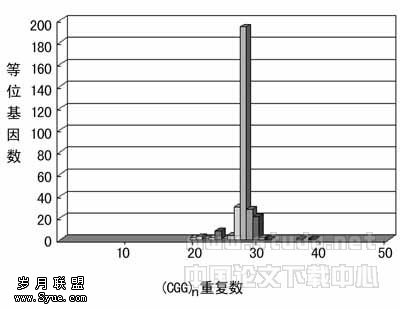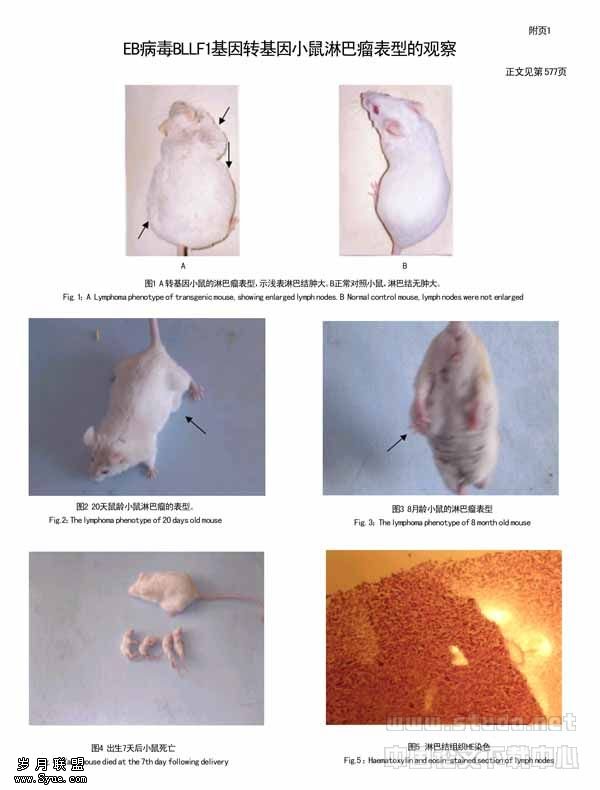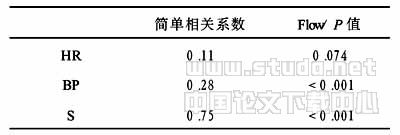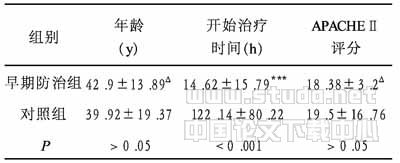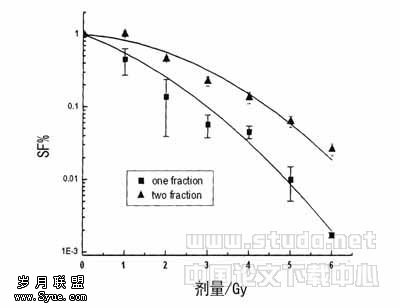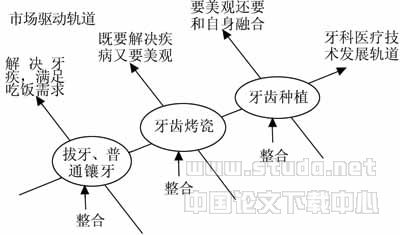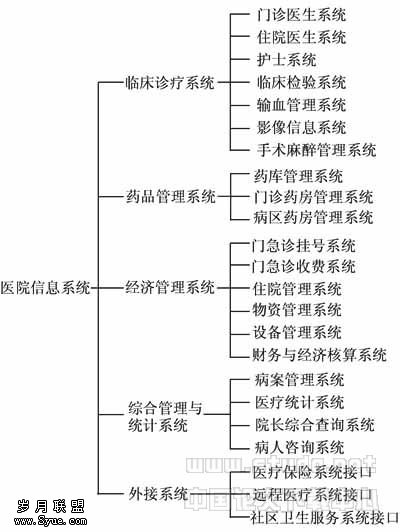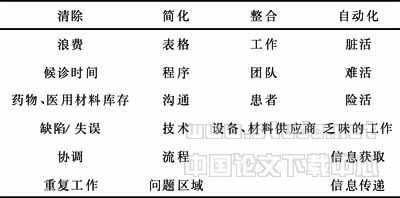DEC1在肺癌中表达及其临床意义
【摘要】 [目的] 探讨DEC1在肺癌中的表达以及临床意义。[方法] 运用免疫组化技术检测56例肺癌中DEC1、HIF-1α、bcl-2和caspase-3的表达。[结果] DEC1蛋白在肺癌阳性表达率分别为55.36%,高于肺良性病变组织中的阳性表达率(23.81%)(P<0.05)。DEC1在肺癌中的表达与HIF-1α表达水平相关,但与bcl-2和caspase-3的表达水平无关,并与患者性别年龄、肿瘤大小、TNM分期、组织学分型及有无淋巴结转移均无关。[结论] DEC1在肺癌的发生中可能起着重要的作用,其表达与HIF-1α有关,且可能通过不依赖bcl-2和caspase-3的途径影响肺癌细胞的凋亡。
【关键词】 肺肿瘤
Expression of Differentiated Embryo-Chondrocyte Expressed Gene 1(DEC1) in Lung Cancer and Its Clinical Significance
Abstract: [Purpose] To investigate the expression of differentiated embryo-chondrocyte expressed gene 1 (DEC1) in lung cancer and its clinical significance. [Methods] The expressions of DEC1, HIF-1α, bcl-2 and caspase-3 in 56 cases with lung cancer were detected by immnohistochemsitry. [Results] The positive expression rate of DEC1 in lung cancer tissues was 55.36%(31/56), which was significantly higher than that in benign lesion tissues (23.81%)(P<0.05). The expression of DEC1 in lung cancer was related to HIF-1α protein level, but was not related to bcl-2 and caspase-3 protein levels. DEC1 expression was not correlated with patients’ age, sex, TNM staging, lymph node involvement and histological type. [Conclusion] DEC1 may paly a role in the carcinogenesis and development of lung cancer. The expression of DEC1 may be related to HIF-1α in lung cancer, and affect cell apoptosis not rely on bcl-2 and caspase-3 route.
Key words: lung neopalsms; immunohistochemistry; DEC1; HIF-1α
DEC1(differentiated embryo-chondrocyte expressed gene 1)(在大鼠中称为SHARP-2,小鼠中称为Stra-13)[1~3]是新近发现的一个与肺癌的发生发展有关的因子。研究表明,DEC1在肿瘤细胞的增殖、凋亡和细胞分化中起着重要的作用[4],且与肿瘤组织的低氧状态密切相关[5,6]。本研究应用免疫组化S2P法检测了56例肺癌组织和21例肺良性病变组织DEC1的蛋白表达,以探讨其在肺癌发病机制中的作用及意义。
1 材料与方法
1.1 标本来源
标本来自湖北省人民2002年1月至2004年12月未经放化疗的肺癌手术患者56例。其中鳞癌29例,腺癌27例。同时取肺良性病变组织21例,全部标本经10%中性福尔马林固定,常规石蜡包埋,制成4μm厚连续切片。
1.2 实验方法
试剂:兔抗人DEC1单克隆抗体由Dr. SB Fox[6]馈赠(Nuffield Department of Clinical Laboratory Sciences, John Radcliffe Hospital,UK)。兔抗人HIF-1α,bcl-2,caspase-3单克隆抗体,即用型免疫组化S-P Kit和DAB试剂盒均购自北京中山生物技术有限公司。
采用免疫组化SP法,染色参照试剂盒说明进行。其中DEC1、HIF-1α、bcl-2和caspase-3一抗浓度分别为1∶1000, 1∶200, 1∶150和1∶100。实验均以PBS代替一抗作为阴性对照,以已知阳性片作阳性对照。每张玻片随机选取5个视野,参照Ryu的方法[7],阳性细胞数<5%为阴性,≥5%为阳性。
1.3 统计学方法
采用SPSS11.5软件χ2检验。
2 结 果
2.1 肺癌组织与肺良性疾病组织中DEC1的表达
DEC1主要着色于肿瘤上皮细胞,以胞浆及胞核染色为主,表达程度不一,阳性表达分布不均。21例肺良性病变组织中DEC1蛋白阳性表达率为23.81%(5/21),明显低于56例肺癌组织中DEC1的阳性表达率55.36%(31/56),两者间差异有显著性(P<0.05)。见表1。
2.2 DEC1在肺癌中的表达与临床意义
DEC1在肺癌组织中的表达与患者性别年龄、肿瘤大小、分型、组织学分级、TNM分期及有无淋巴结转移均无关(P>0.05)。见表2。
2.3 DEC1表达与HIF-1α,bcl-2,caspase-3的关系
DEC1在肺癌组织中的表达与HIF-1α呈显著性相关(P<0.05),而与bcl-2,caspase-3的表达无相关性(P>0.05)。见表3。
3 讨 论
DEC1定位于9q32上,其翻译的蛋白含有bHLH结构[6](bHLH基序在细胞增殖分化[8],磷脂代谢[9]及对致癌物、药物等异生物的反应[7]中起重要作用)。许多研究均表明DEC1的表达与缺氧密切相关。Stra-13在血清饥饿环境中可抑制小鼠NIH3T3细胞生长[9]。Shen等[1]发现cAMP类似物Bt2cAMP可诱导人软骨细胞产生DEC1。有学者[10]在此基础上进一步将DEC1转染肾母细胞癌293细胞,发现细胞生长及凋亡均受到抑制。同时在体内实验[7]中,转染DEC1的质粒注入裸鼠食管癌肿瘤中,发现肿瘤直径变小。以上研究初步证实DEC1在肿瘤细胞分化、增殖和凋亡中可能具有重要作用。
本试验发现DEC1主要着色于肿瘤上皮细胞,以胞浆及胞核染色为主, 表达程度不一,阳性表达分布不均。肺癌组织中其阳性率明显高于肺良性病变。由此可见,DEC1在肺癌的发生中存在着一定的作用。我们还发现DEC1在肺癌组织中的表达与许多临床指标,如患者性别、年龄、肿瘤大小、分型、组织学分级、TNM分期及有无淋巴结转移均无关。此结果与Giatromanolaki[5]的研究一致。
缺氧诱导因子1α (HIF-1α)是低氧条件下广泛存在于哺乳动物和人体内的一种转录因子。它的活性对维持肿瘤细胞的能量代谢、促进血管生成及促进细胞凋亡起着重要作用,且与肿瘤组织的低氧密切相关[11]。有实验[5,7]表明,在肺癌及食管癌组织中DEC1与HIF-1α表达有关。在肾母细胞癌293细胞及宫颈癌Hela细胞中,DEC1与HIF-1α有较高的亲和力[12]。我们通过发现DEC1在肺癌组织中的表达与HIF-1α呈显著性相关。由此推测,DEC1与肺癌组织的低氧也密切相关,且与HIF-1α相互作用相互影响使肿瘤细胞适应低氧状态而得以快速增殖。
Bcl-2是细胞凋亡调控机制中的一种关键蛋白,高水平的Bcl-2蛋白可抑制细胞死亡延长细胞寿命,是目前公认的抗凋亡基因[12]。Caspase家族成员的激活是细胞凋亡效应期的一个重要的生化事件。Caspase-3是Caspase家族中最重要的成员。大多数触发细胞凋亡的因素最终均需要通过 caspase-3介导的信号传导途径导致细胞凋亡。但在本试验中,我们通过免疫组化发现DEC1在肺癌组织中的表达与bcl-2和caspase-3表达无关。因此我们推测DEC1可能通过不依赖bcl-2和caspase-3的途径影响肺癌细胞的凋亡。
综上所述,DEC1在肺癌的发生发展中起着重要的作用,其表达与HIF-1α有关,且可能通过不依赖bcl-2和caspase-3的途径影响肺癌细胞的凋亡。DEC1与HIF-1α的表达在肺癌组织中的具体关系还有待于进一步探讨。
【】
[1] Shen M, Kawamoto T, Yan W, et al. Molecular characterization of the novel basic helix-loop-helix protein DEC1 expressed in differentiated human embryo chondrocytes[J]. Biochem Biophys Res Commun, 1997, 236(2):294-298.
[2] Rossner MJ, Dorr J, Gass P, et al. SHARPs: mammalian enhancer-of-split-and hairy-related proteins coupled to neuronal stimulation[J]. Mol Cell Neurosci, 1997, 9(5-6):460-475.
[3] Boudjelal M, Taneja R, Matsubara S, et al. Overexpression of Stra13, a novel retinoic acid-inducible gene of the basic helix-loop-helix family, inhibits mesodermal and promotes neuronal differentiation of p19 cells[J]. Genes Dev, 1997, 11(6):2052-2065.
[4] Ivanova AV, Ivanov SV, Danilkovitch-Miagkova A, et al. Regulation of STRA13 by the von Hippel-Lindau tumor suppressor protein, hypoxia, and the UBC9/ubiquitin proteasome degradation pathway[J]. J Biol Chem, 2001, 276(18): 15306-15315.
[5] Giatromanolaki A, Koukourakis MI, Sivridis E, et al. DEC1 (STRA13) protein expression relates to hypoxia- inducible factor 1-alpha and carbonic anhydrase-9 over expression in non-small cell lung cancer[J]. J Pathol, 2003, 200(2):222-228.
[6] Turley H, Wykoff CC, Troup SS, et al. The hypoxia-regulated transcription factor DEC1 (Stra13, SHARP-2) and its expression in human tissues and tumors[J]. J Pathol, 2004, 203(3):808-813.
[7] Wykoff C, Pugh C, Maxwell P, et al. Identification of novel hypoxia dependent and independent target genes of the von Hippel-Lindau (VHL) tumour suppressor by mRNA differential expression profiling[J]. Oncogene, 2000, 19(54):6297-6305.
[8] Ryu BK, Lee MG, Chi SG, et al. Increased expression of cFLIP-L in colonic adenocarcinoma[J]. J Pathol, 2001, 194(1):15-19.
[9] Nishiwaki T, Daigo Y, Kawasoe T, et al. Isolation and mutational analysis of a novel human cDNA, DEC1 (deleted in esophageal cancer 1), derived from the tumor suppressor locus in 9q32[J]. Genes Chromosomes Cancer, 2000, 27(2):169-176.
[10] Li Y, Zhang H, Xie M, et al. Abundant expression of Dec1/stra13/sharp2 in colon carcinoma: its antagonizing role in serum deprivation-induced apoptosis and selective inhibition of procaspase activation[J]. Biochem J, 2002, 367(Pt 2):413-422.
[11] Harris AL. Hypoxia-a key regulatory factor in tumor growth[J]. Nat Rev Cancer, 2002, 2(1):38-47.
[12] Chakrabarti J, Turley H, Campo L, et al. The transcription factor DEC1 (stra13, SHARP2) is associated with the hypoxic response and high tumour grade in human breast cancers[J]. Br J Cancer, 2004, 91(5):954-958.


